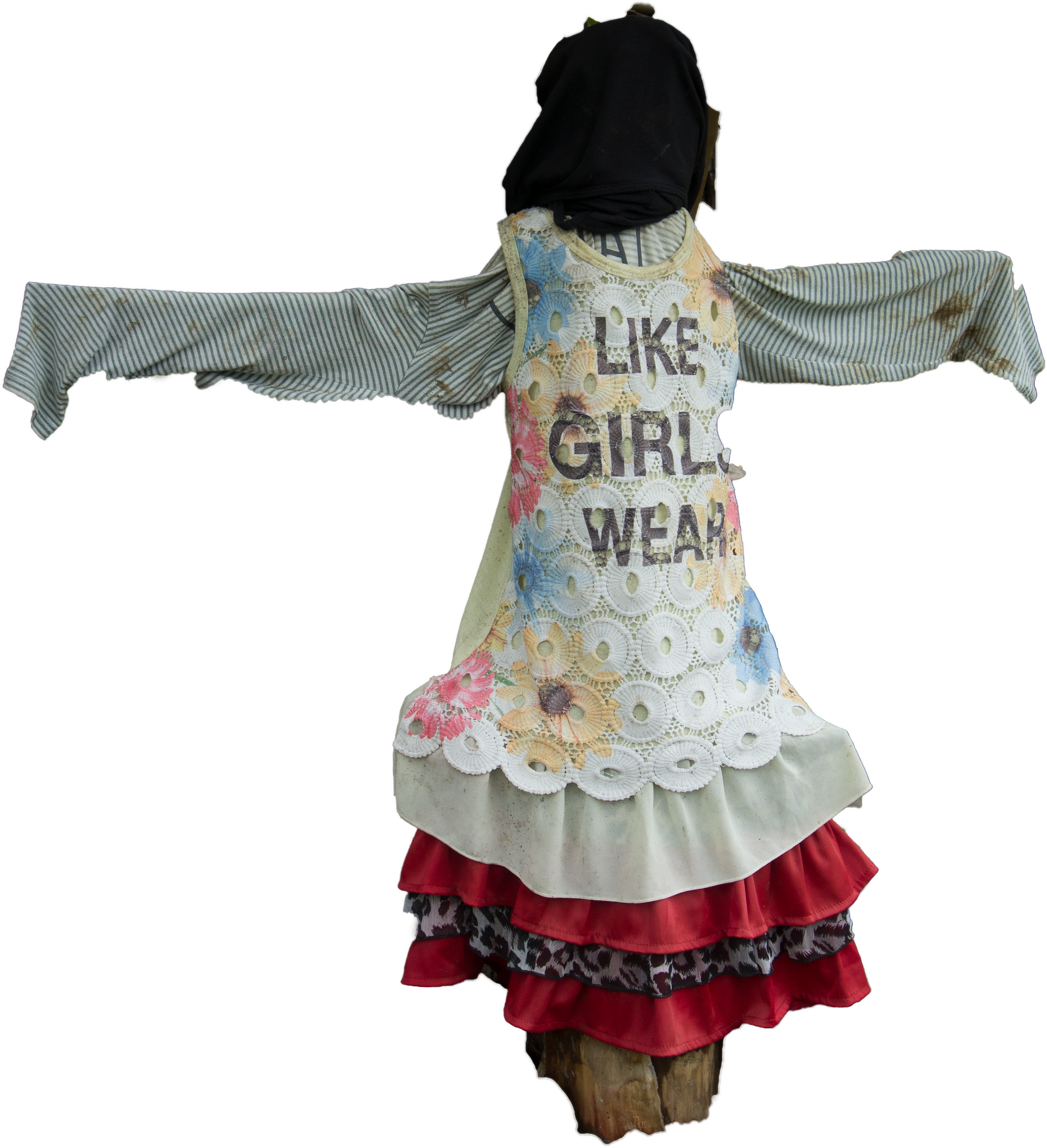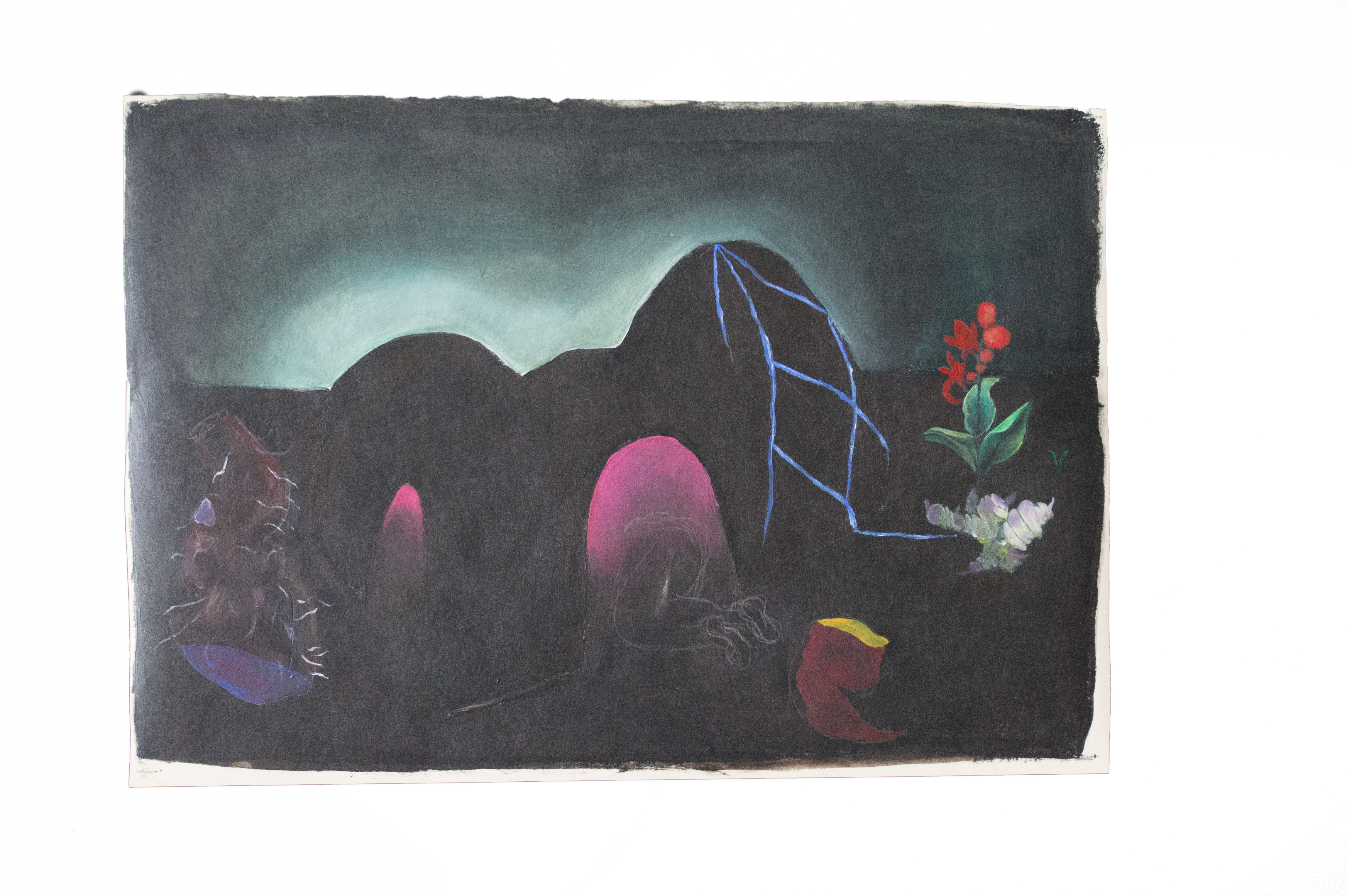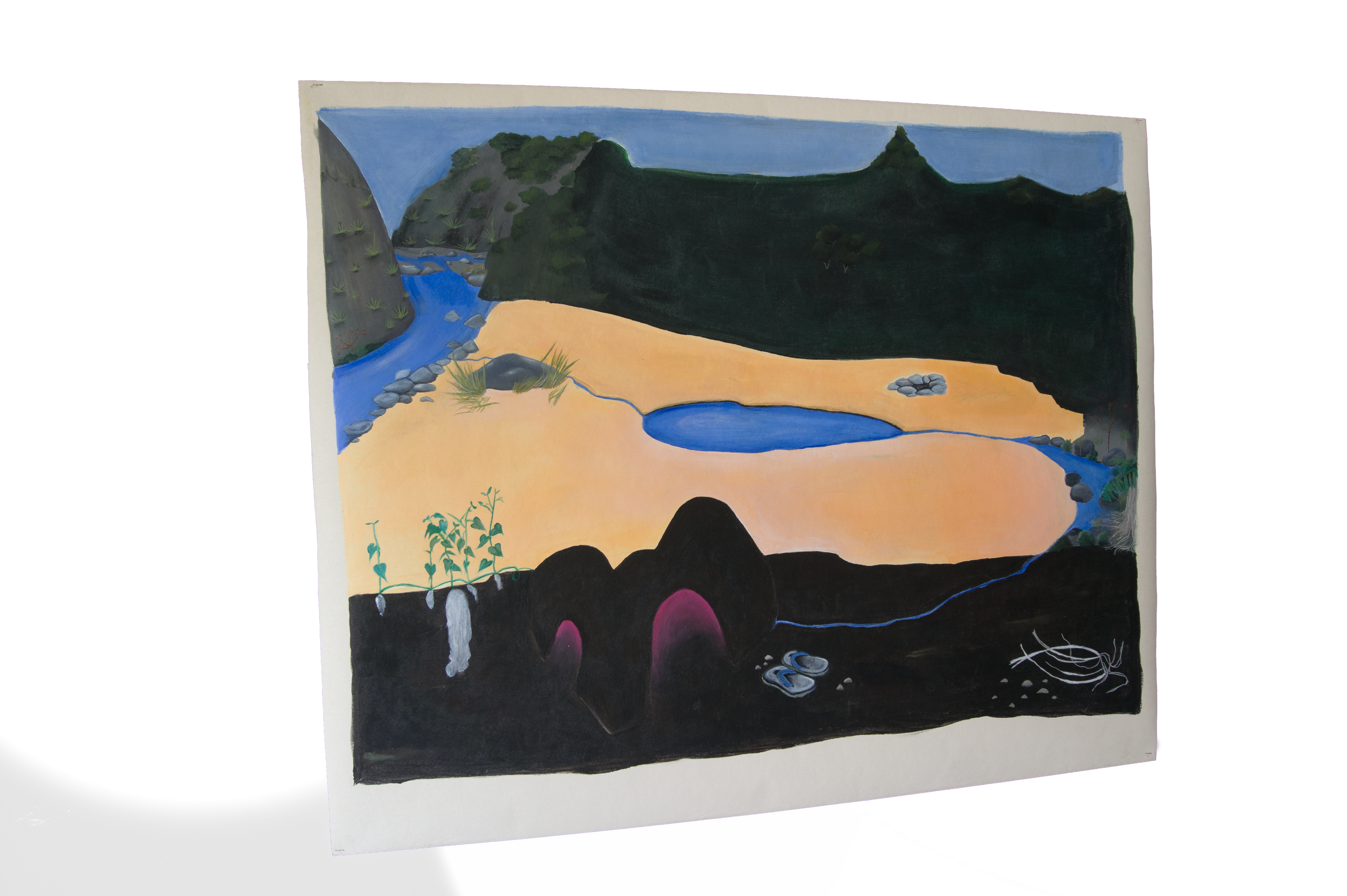



I arrived in my grandmother's yard, it was my second trip to Reunion Island this year. There I see her washing her ginger, rouroute, turmeric, yam and her sweet potatoes, which she had just pulled from the ground.
-
Root and tuber vegetables from Reunion Island, are often called "legumes lontan"in Creole. Here lontan means "from before", before what though? When the Maroons who escaped slavery started growing vegetables in the island's mountains? In WWI and WWII when the arrival of food by boats from Europe was slowed down? Or before the arrival of fast food chains on Reunion's Island coasts. Anyways these hidden and highly nutritive vegetables were able to feed the island's population in the most difficult times,
Grain is visible, divisible, taxable, storable, transportable and were used by people to developpe western type of states.
While the tubers and starchy plants grow secretly underground and can be kept hidden, preserved for up to two years. If a tax collector vets your tubers he will have to get down on his knees and uproot them one by one. All these characteristics led to the creation of other forms of political organizations in the territories where root vegetables grew.
The Nasyon Patat project thinks of the soil as a roof over one'head for the tubers but also for unexpected inhabitants. Inspired by legends of the Indian Ocean, the narration thought around the Nasyon Patate is animated by existing elements in the landscape of Reunion Island: its climate, the volcano, fauna and flora and also its spirituality. Withh the creation of a spirit the “Zépouvantail” . The character watches over the lontan vegetables and the zerbs in the courtyard, protecting them from predators.
Patat la la pou kasièt
Patat la lé dir found
Patat la lé bon pou moune